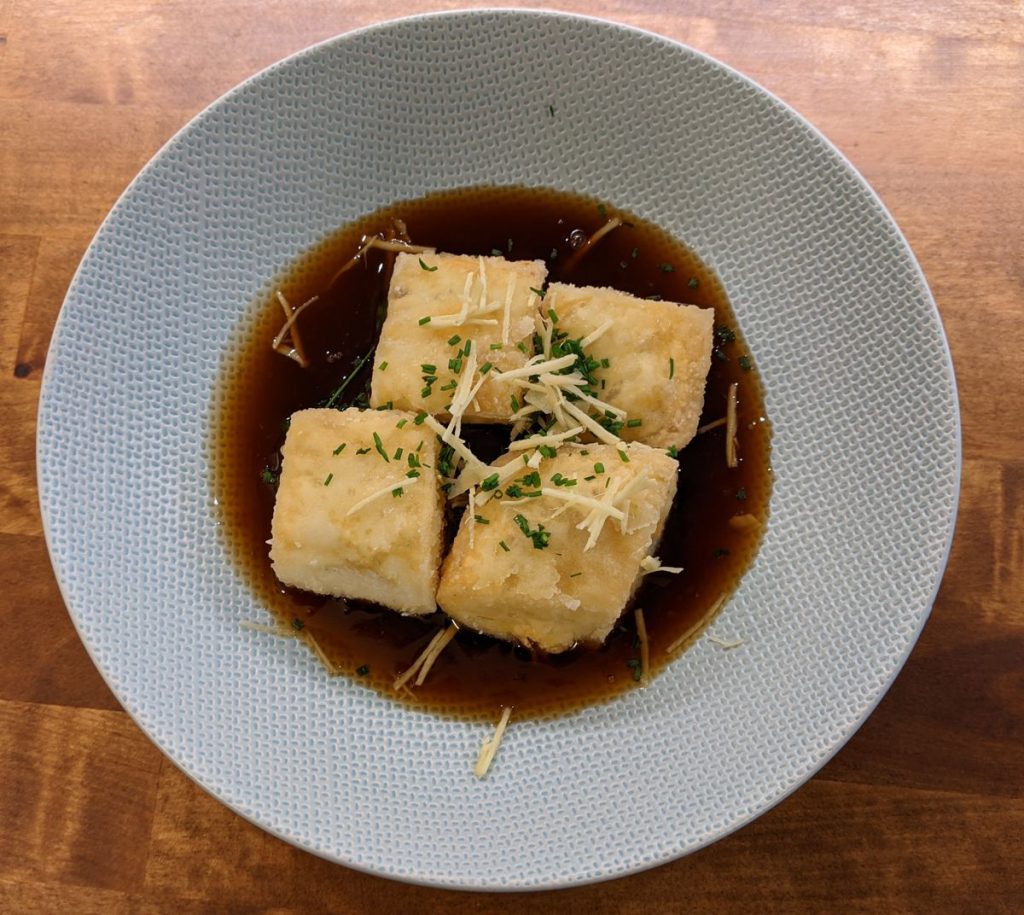Let’s talk flavor. Well more specifically let’s talk about umami. If you’ve been following me on social media or have cooked one of my recipes you’re probably thinking… ‘not umami again’. The reason I talk about it so much is because this flavor can be the difference between a dish being amazing or just mediocre.
Umami is the taste of savouriness and is one of the basic building blocks of flavor. The other building blocks are the more familiar sweet, sour, bitter and salty. Creating fantastic flavors involves making sure that we consider these different flavor sensations and how they combine; but I’ll talk about this in another blog post. Whilst it’s relatively straightforward to add sweet, sour, bitter or salty flavoors to vegan dishes the addition of umami involves a bit more thought and creativity and can often involve using less traditional ingredients. That’s because umami is most commonly found in meat and dairy, so many traditional ways of cooking haven’t had to worry about it. That means vegans sometimes need to look further afield to find plant based sources, but don’t worry, all you need are a few new store-cupboard ingredients and maybe a better understanding of those you already have.
Here is the science part of umami and its role in flavour and food enjoyment. There are several amino acids (proteins) responsible for the umami flavour which include glutamate, inosinate and guanylate. They bind to certain taste receptors and send a signal to the brain about how delicious the food is. So for example there’s the classic Japanese dish Agedashi which is deep fried tofu in a broth (dashi). This is made by using Kombu (seaweed) which contains glutamate and shitake mushrooms which contain guanylate. Combining these two elements creates a fantastically moreish and addictive umami flavour which our brain perceives as satisfying and delicious. Umami doesn’t have to be present in everything you cook but an understanding of how this flavour works and where to find it is a necessity.
So what plant-based foods contain umami? The good news is that that there are lots, such as mushrooms, asparagus, tomatoes and peas. The umami flavor is particularly strong in dried foods; so sundried tomatoes, porcini & seaweed work well in addition to fermented ingredients such as miso, kimchi, soy sauce, and yeast extract. Other ingredients include marmite, nutritional yeast, and some vegetable stocks.
I now create many fusion dishes where I mix different flavors from around the globe. For instance I make (Italian) risotto using (Japanese) fermented plum puree (Umboshi) which gives a sharpness similar to parmesan. I top the dish with oyster mushrooms fried in white miso. Fusion food, when it’s done well, uses flavor combinations which we know work well, but draws those flavors from lots of different places. Understanding flavor can make you a much more creative cook.
So next time you cook think about the flavors and the seasoning; perhaps instead of adding more salt think about how you can add a umami rich ingredient instead.


